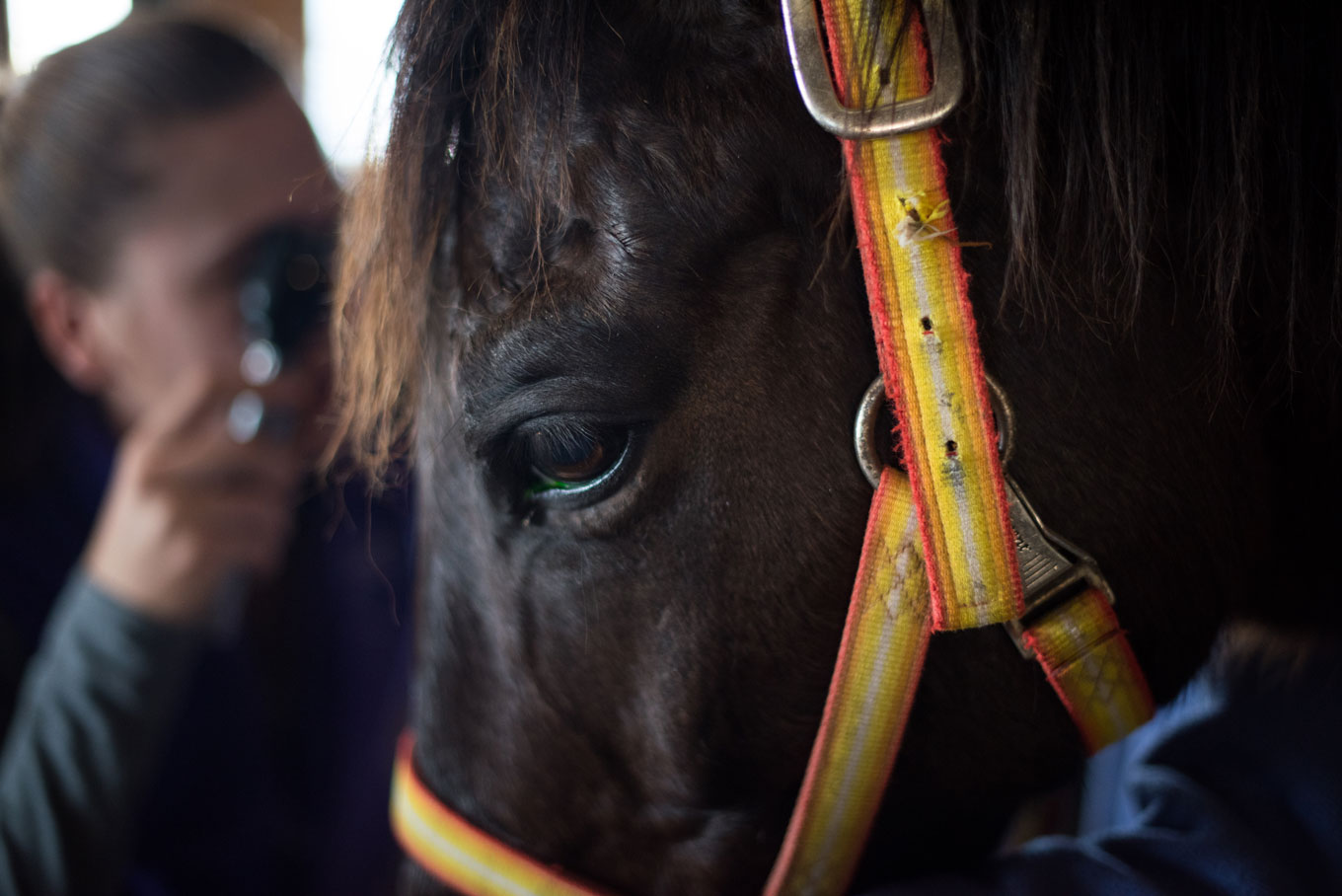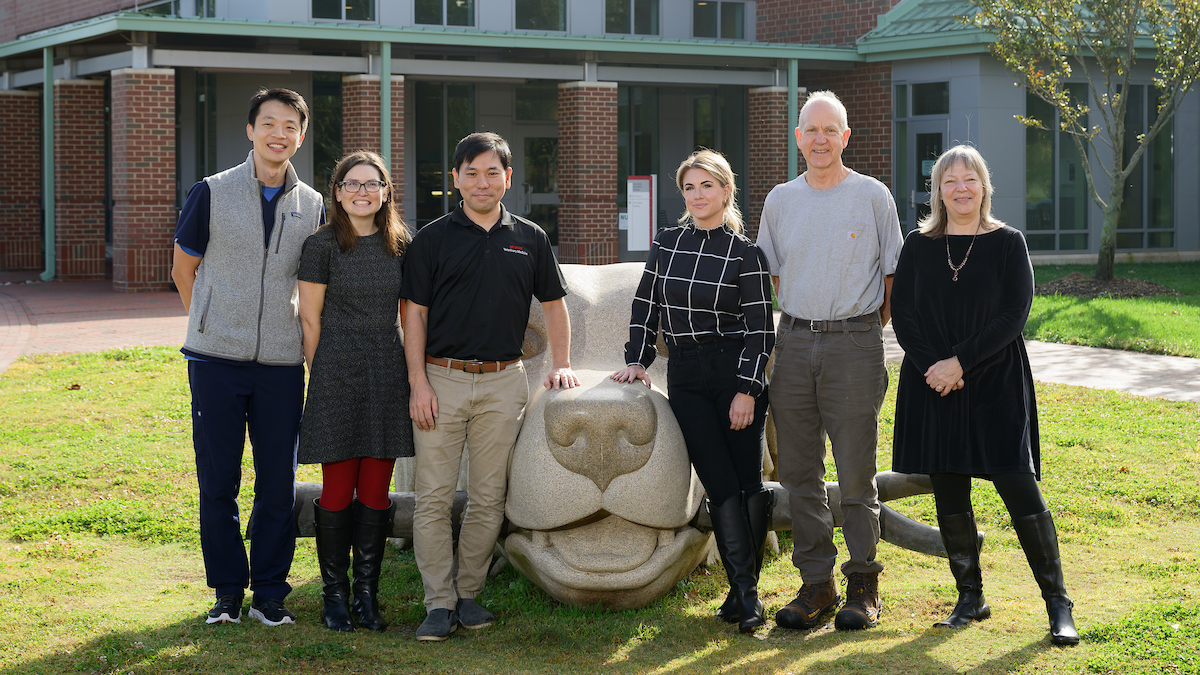June CVM Research Roundup

A look at some of the newest published studies coming out of the NC State College of Veterinary Medicine
- Lysa Posner, associate professor of anesthesiology, participated in a nationwide assessment to improve understanding of how horses recover from anesthesia. The study, published in the American Journal of Veterinary Research, aimed to set agreement among diplomates of the American College of Veterinary Anesthesia and Analgesia for scoring the recovery of horses from anesthesia using subjective grading scales and developing a system of evaluation for recovery using accelerometry.
Read the assessment results here.
- A quartet of NC State College of Veterinary Medicine researchers have found that stem cell therapy may substantially improve healing of horse corneas. The study, published in Stem Cell Research & Therapy, found a positive effect of bone marrow-derived mesenchymal stem cells and stem cell supernatant on equine corneal wound healing in vitro. Horses are prone to corneal injuries as their eyes often become infected with bacterial or fungal organisms. Severe damage often leads to eye loss.
Read the study here.
- CVM researchers describe the intricate role of cell division in brain development in the study “Regulation of Cytokinesis during Corticogenesis: Focus on the Midbody,” available on FEBS Press.
Read the research here.
- A study published in Circulation Research and co-authored by Ke Cheng, CVM associate professor of regenerative medicine in the molecular biomedical sciences department, aims to make stem cell treatment safer and more readily available. Cheng developed an artificial stem cell substitute and demonstrated its value for treatment in mice with cardiac damage.
Read the study here.
- Mark Papich, clinical pharmacology professor, co-authored a study looking at the use of the antibiotic clindamycin to treat Bennett’s wallabies. The study, published in the Journal of Veterinary Pharmacology and Therapeutics, improves understanding of how to provide this drug treatment to the unique species.
Read the study here.
- A study published in the Journal of Veterinary Internal Medicine and led by professor of neurology and neurosurgery Natasha Olby suggests that hereditary ataxia in Scottish terriers is inherited on the X chromosome. It’s a new breakthrough on the inheritance of the disease which deteriorates control of muscle movement. Scottish terriers have a high incidence of juvenile hereditary ataxia affecting the cerebellum.
Read the study here.
- Categories:


